Which type of tyre for my touring bike?
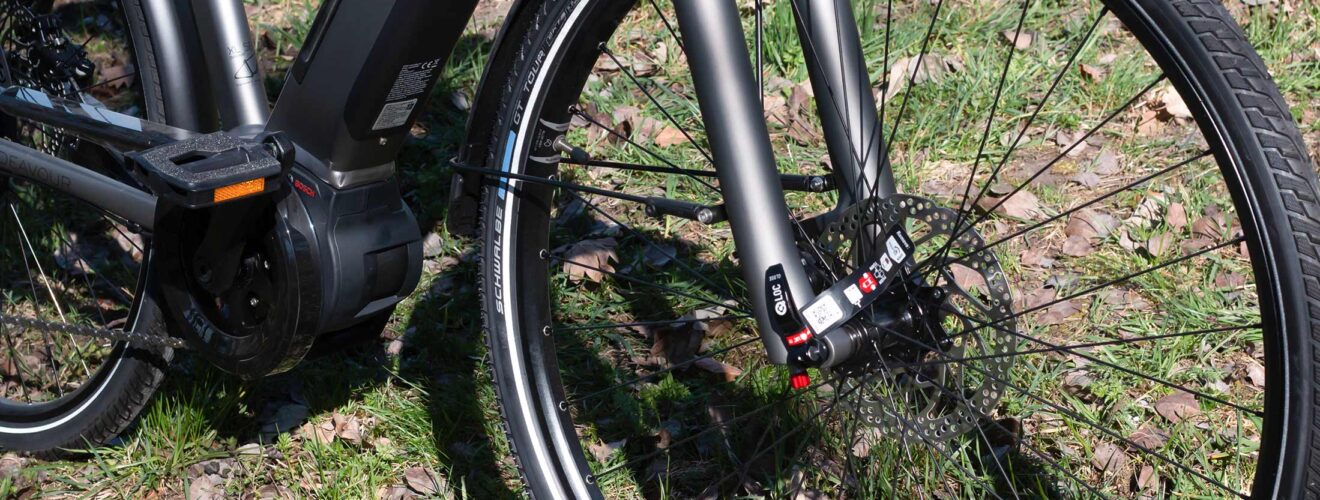
For an extended tour, tyres with high puncture resistance are advisable. If you are riding on very different terrain, you also need a universal tread. Tyres with tread offer better grip on forest paths and gravel roads. Trekking tyres with little or no tread offer optimum mileage on asphalt and are almost silent. Think carefully beforehand about the type of surface you will be riding on. If you want to change an old tyre, you can read on the old tyre which size is needed and easily reorder it.
Tyres with tread
| ✅ Good grip ✅ Suitable for gravel roads and trails ✅ Greater range of application |
| ❌ Heavier than tyres without tread ❌ Louder when rolling ❌ Wobbly handling when riding on asphalt and in curves |
Tyres with little tread
| ✅ Direct contact between tyre and ground ✅ Almost noiseless ✅ Very good grip on asphalt |
| ❌ Little grip off-road or on wet surfaces ❌ Not suitable for snow and mud |
What is the best tyre pressure for my trekking bike?
(We assume a person weighing 70 kg)
- Tyre width: 35 mm: 4.5 bar (65 psi)
- Tyre width: 40 mm: 4.0 bar (58 psi)
- Tyre width: 50 mm: 3.0 bar (44 psi)
In general, you can assume a tyre pressure of 4 bar. With narrower tyres it is better to use 0.5 bar more and with more ready tyres 0.5 less.
Clincher tyres
Clincher tyres are used as standard on most rims. The tyre pressure presses the wire into the rim bed and holds the rim and tyre together. They are available with lug tread for mountain bikes and trekking bikes to provide perfect grip on forest floors and trails. A road bike needs smoother tyres for the lowest rolling resistance.
Folding tyres
Here, Kevlar or aramid fibres are used instead of wire and for stabilisation. This saves weight (between 50 – 100 g) and the casing is easy to roll up. For trekking, such a tyre is also easier to pack than one with wire.
Tubular tyre
A tubular tyre consists of a closed/sewn casing with the inner tube inside. It has to be glued directly to the rim and because of its lightweight construction, some weight can be saved. Road bikes often use this type of tyre because the rolling resistance is low, similar to that of the folding tyre. In case of a flat tyre, you could still ride on the casing in an emergency. Mounting is a little more complicated than with other tyres and the required adhesive must dry for about 24 hours. The tubeless tyre must also be pre-stretched on the rim for a day beforehand.
Tubeless tyres
As the name suggests, there is no butyl tube in this tyre. As in a car or motorbike tyre (folding or clincher), the air is pumped between the rim and the casing. The maximum air pressure is 4 bar. Optimum pressure is achieved with approx. 1.9 bar. The air is held securely in the tyre by the special shape and a sealing band at the bottom of the rim.
Tubeless tyres need sealing milk (puncture protection fluid)
Sealing milk consists of an emulsion of latex and automatically seals small holes and cracks in the bicycle casing. A conventional tyre is usually not completely airtight, so you should regularly check whether there is enough sealant in the tubeless tyre. You can pierce the tyre with a needle and see if the hole reseals itself when you turn it. If this is not the case, the tyre must be refilled. Depending on the manufacturer, the sealant should be replaced every 7 months as it hardens in the tube and becomes solid.
Advantages / disadvantages Tubless
| ✅ Repairs small holes themselves ✅ More grip due to lower air pressure ✅ Less weight? ✅ Less resistance? ✅ Less friction |
| ❌ Requires sealing milk ❌ Special rims are needed ❌ Elaborate assembly |
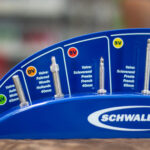
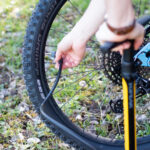

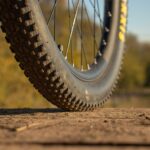
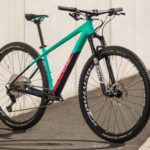
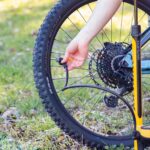
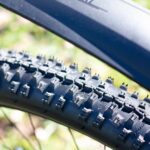
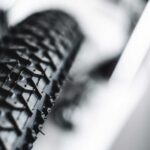
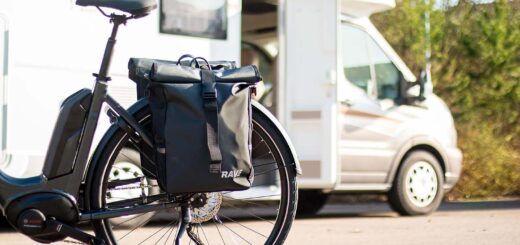
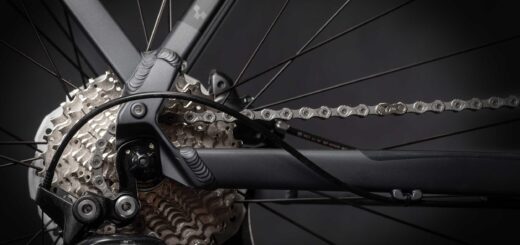








Recent Comments